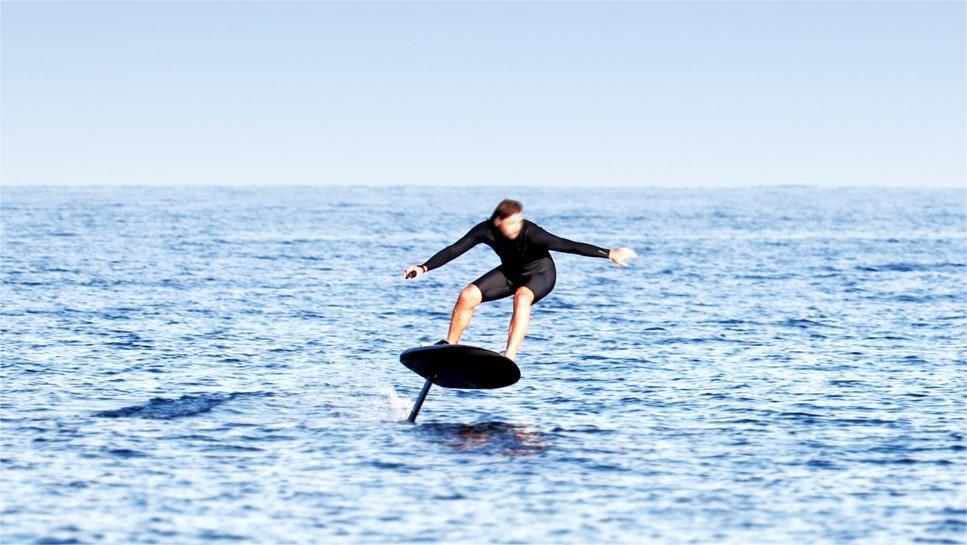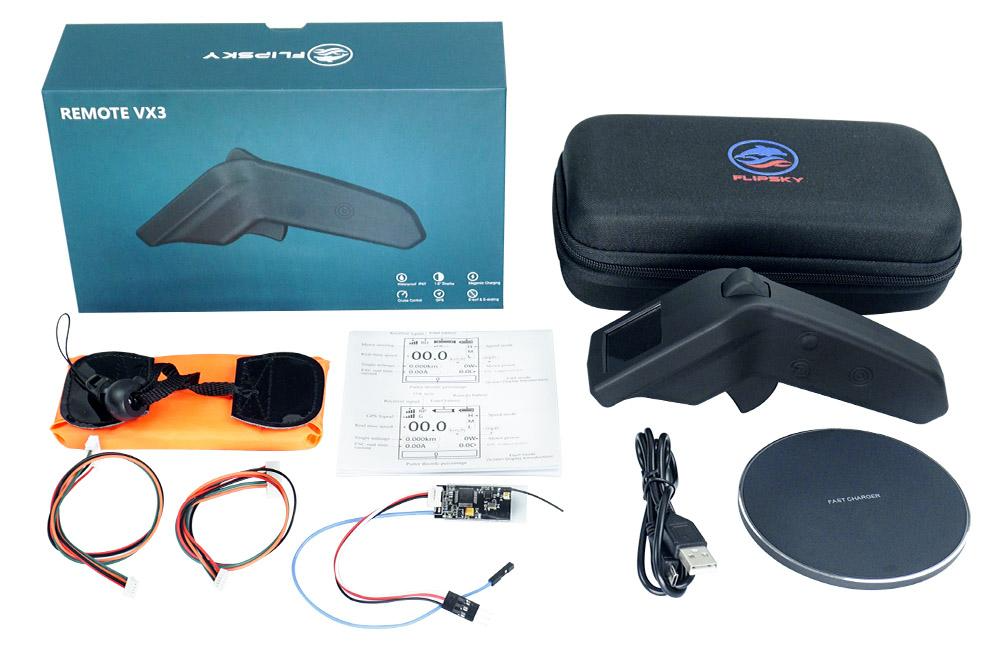Efoil - One Of The Most Popular Water Sports


As well as jetboards, E-foil is one of the latest revolutionary concepts in the watersports industry, which is visually attractive and providing lots of fun. Many people have found a new way to enjoy surfboard sport when there are no waves and wind. So, what is E-foil and how does it work?
This blog is going to introduce the composition of E-foil to let you know something about this most fashionable board water sports in 2023.
An E-foil is an electric-powered board equipped with board, a mast and wing. The board lifts up from the water after achieving a certain speed, making the effect of “levitating”. Unlike traditional foil boards, the E-foil does not need the power of waves to raise above the water since being powered by an electrical system, which makes them ideal for flat waters like lakes and calm seas.
E-foil Surfboard Components
As you may have noticed, Efoils are the electrified version of traditional hydrofoils. Both of them almost share the same components, excluding the battery, propeller, and controller from the E-foil. For many people, foiling is still the great unknown thing within the watersports industry. Let´s have a closer look at the main components of E-foils in order to learn a bit more about their functions.
Non-electronic components

Board / Hatch Compartment
Like Surf, windsurf and jetboard, E-foil boards are not only measured in length, width, and thickness but also in liters. The more liters a board has, the more stable and buoyant it is. As you may have noticed, Stand Up Paddle boards are much larger than the standard surfboards in order to ease standing up. The same thing happens with E-foils. It's much easier to achieve levitation on a more stable and buoyant platform than on a smaller one.
Mast
Unlike the upright poles on boats used to tighten the sails, the foil and E-foil masts are inverted and submerged into the water. The purpose of the mast is to hold the fuselage, wing and stabilizer in order to achieve levitation.
There are different sizes of masts. The short mast is easier as it's more stable. Short masts are ideal for beginners as they do not allow rising too much from the water. You can’t carve as much on a short mast because the wingtips come out of the water, or the rail of the board hits the water. In order to avoid this, larger masts need to be used.
Long mast has much more agility, which is much more unstable compared with the short one. While, it is a good thing since it means that it’s more maneuverable. When using large masts, the rider can adapt the height of the board to the waves and avoid impacting with them.

Fuselage, wing, stabilizer
The fuselage is the bar attached perpendicularly to the mast. Where the wing and stabilizer are fixed. In large fuselages, the front wing is closer to the prow of the board. This makes the board more stable and allows reaching planing faster at low speeds. However, the risk of breaching is higher since the wing is bigger. For greater speeds and turns, shorter fuselage needs to be used.
Traditional foils and E-foils always have two wings attached on the fuselage. The front wing is responsible for lifting the board, while the rear wing (also called stabilizer) applies force downwards in order to keep the trajectory longitudinally stable. The bigger the wings are, the more stable and slower is the board, and it's easier to lift and harder to turn.

Electronic Components
Propulsion
The same as jetboards, E-foils need a propulsion system in order to push the board forward. In case of the E-foils, this is located on the bottom of the mast and usually consist of a motor and propeller. The motor is powered by a battery placed on the board, which is often activated using an ESC. Due to the risk of injury with the sharp edges of the propeller, many boards use a safety guard ring on it.
Motor & Propeller
The motor is the primary component that provides the power needed to lift the board out of the water and maintain a steady pace. It is typically an electric motor that is water-resistant / waterproof, powerful and capable of producing a high amount of torque.
Flipsky produces waterproof motors with a waterproofing rating of IP68, which can effectively prevent solid deputies from entering the equipment, prevent the shell water to enter intor the equipment and prolong the service life of the motor. The propeller and motor are perfectly matched to generate greater thrust and bring greater power to E-foil.
ESC
Water sports are more dangerous and uncertain than ground sports, so the performance of the ESC is particularly important. ESCs designed for watersports must be waterproof to prevent electrical shortcircuits due to water entering the device. Unlike ground-based electronic projects such as ESK8, Escooter and Ebike, the ESCs designed by Flipsky for water projects are equipped with water cooling devices by using water pumps to circulate the water cooling device to take away the heat in the ESCs, and then making the ESCs to be more stable and running under high current conditions longer.
Remote
The control remote is the component that allows the rider to control the E-foil. This typically remote used in E-foil must be waterproof that regulate the speed of the E-foil. The only thing that the remote controls is the speed, all other movements like turning and getting lifted are controlled by your body and feet.
Flipsky fully waterproof remote VX3 is a great choice equipped with a bright orange anti-release bracelet attached to the remote to ensure your VX3 never strays too far away from you. It comes with GPS capability, wireless charging, secure unlock and ESK8/E-surf modes.
Battery
The battery provides the energy to power the motor, and it is an essential component for the E-foil to be functional. The battery should be high-capacity, rechargeable and water-resistant to ensure a safe and long-lasting ride.
Hope you enjoy this introduction to the main components of E-foils.
For more tutorials and new product introductions, please follow our social media:
https://www.youtube.com/c/FlipskyTech













Leave a comment